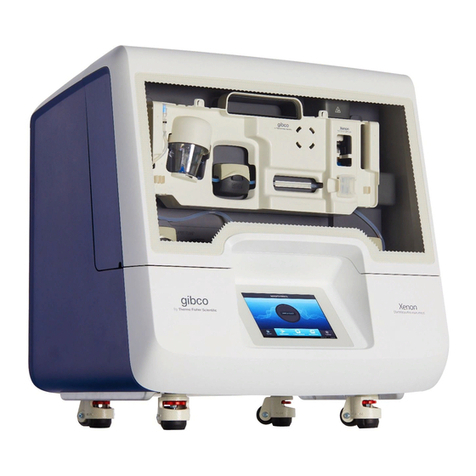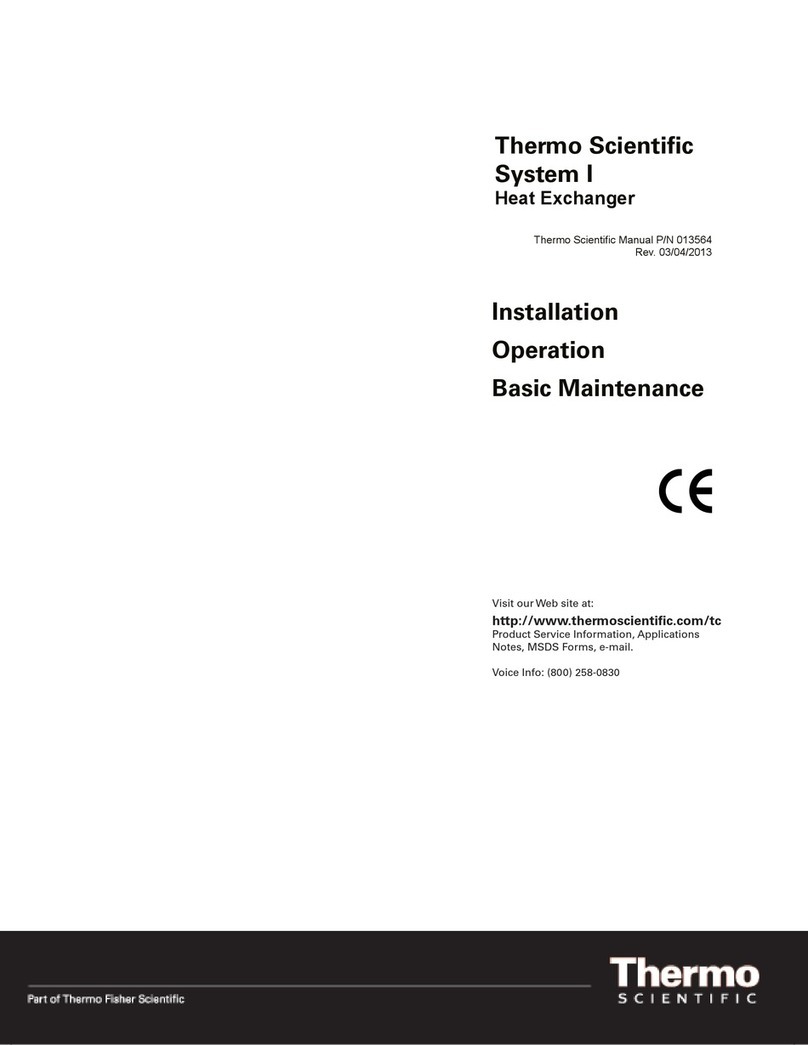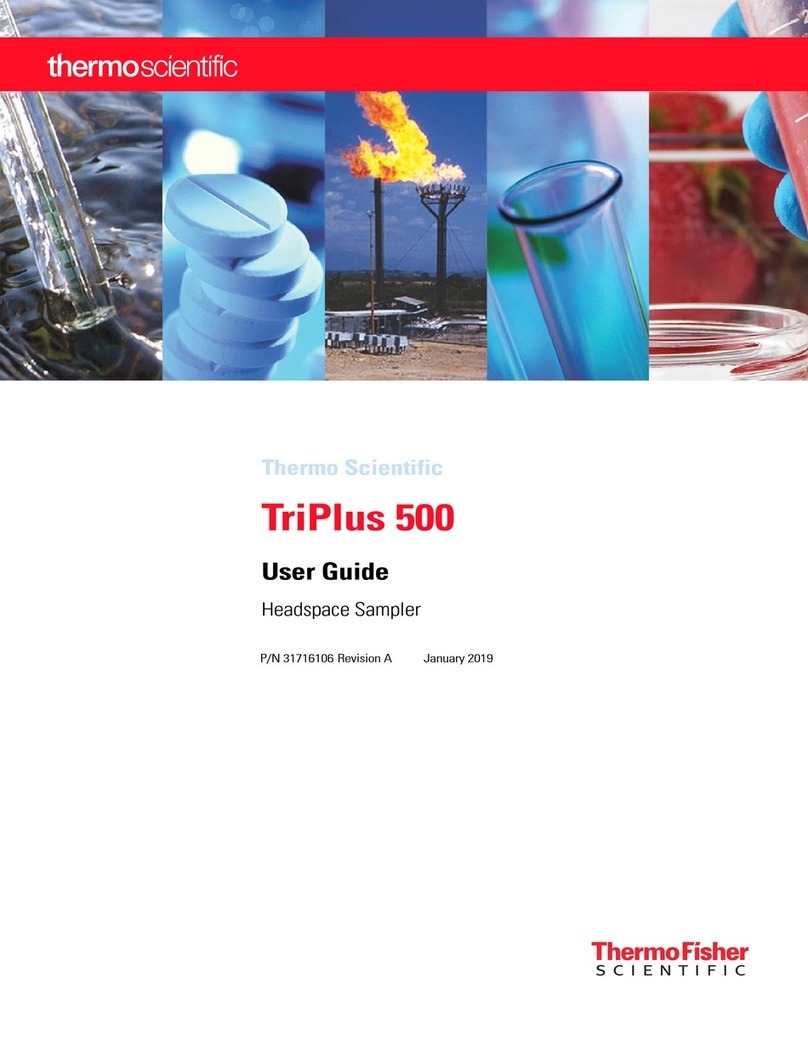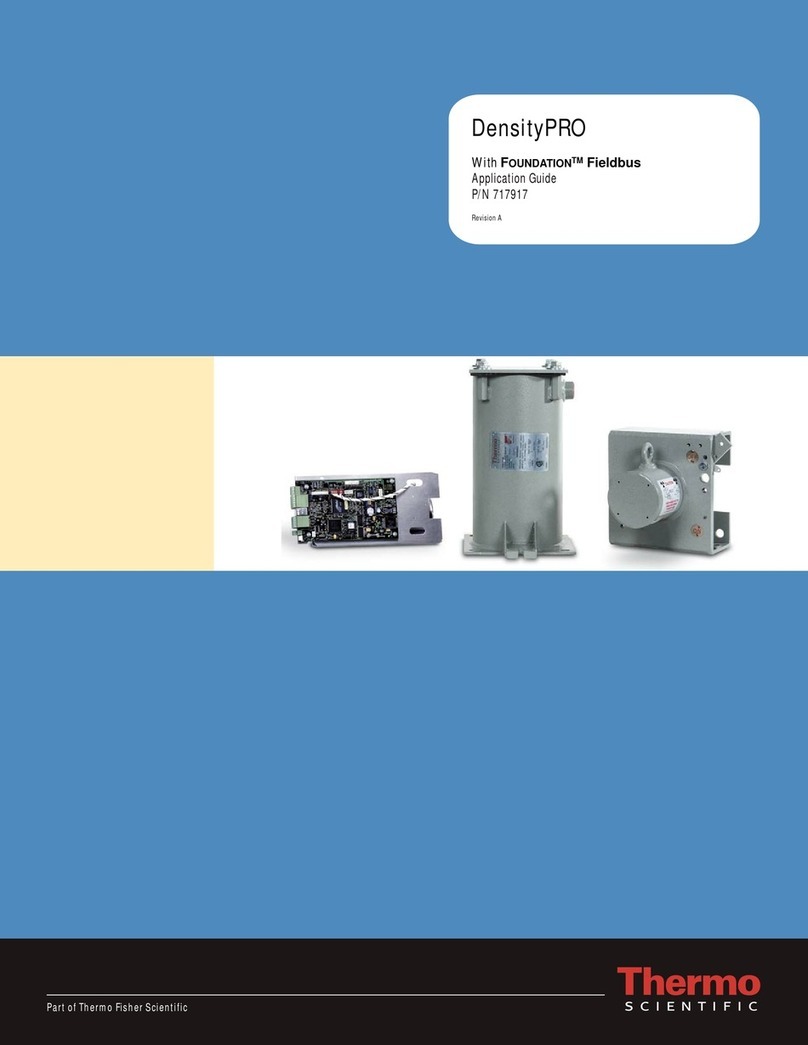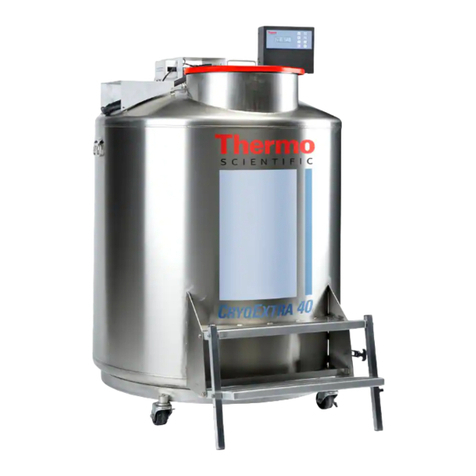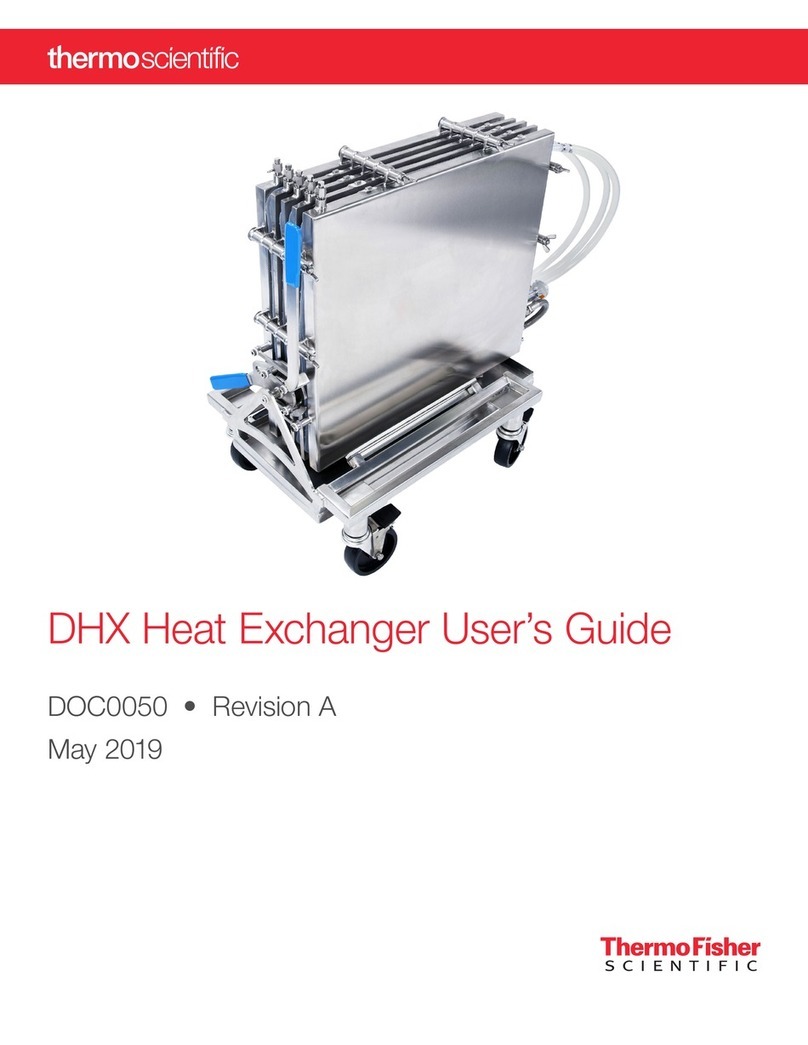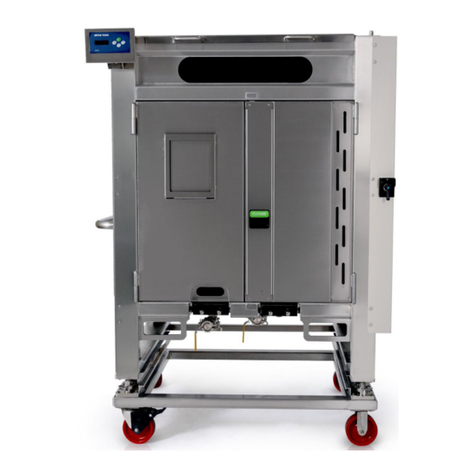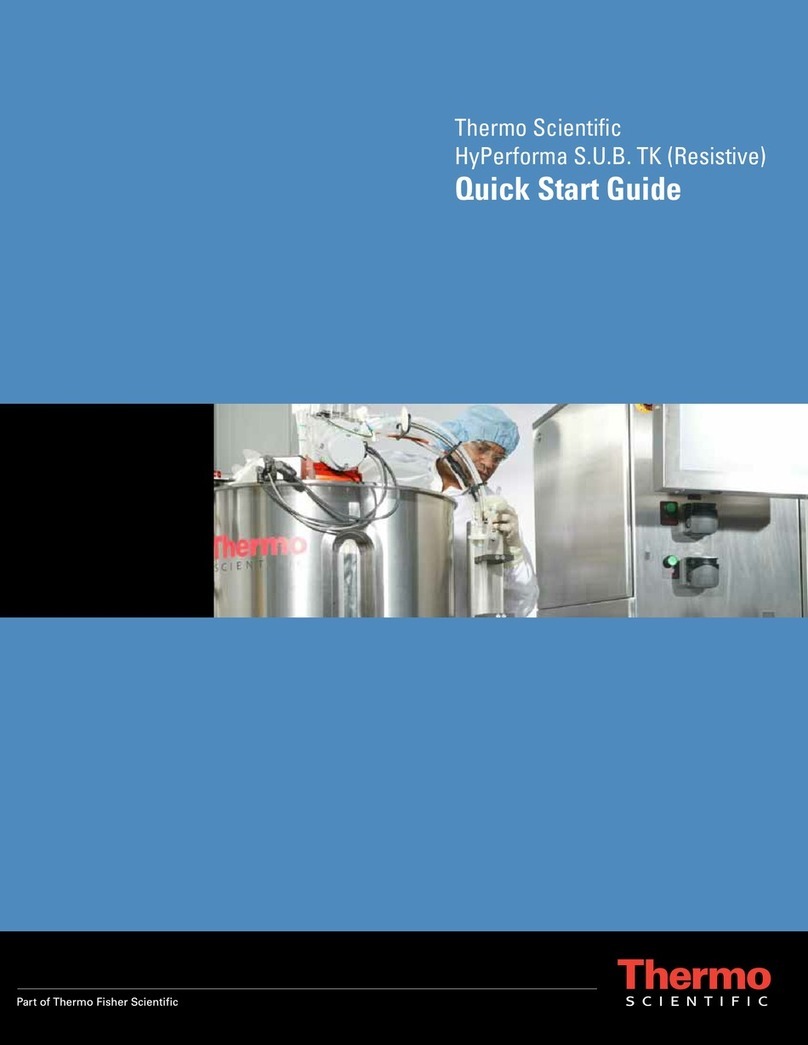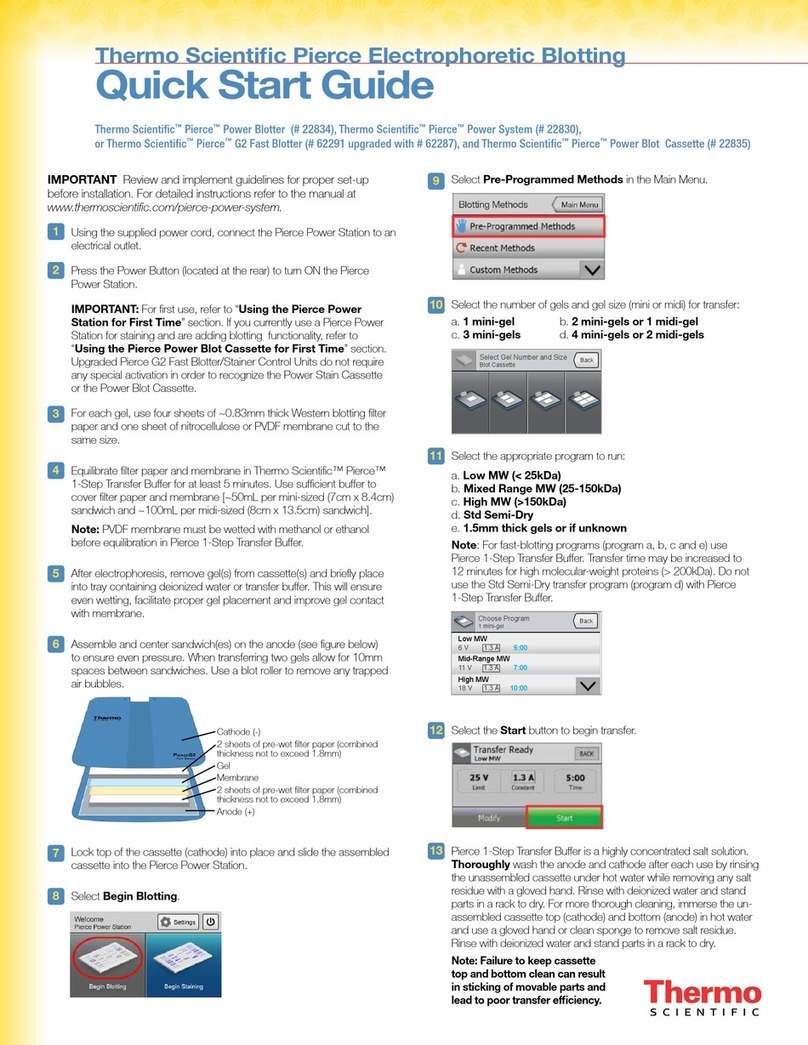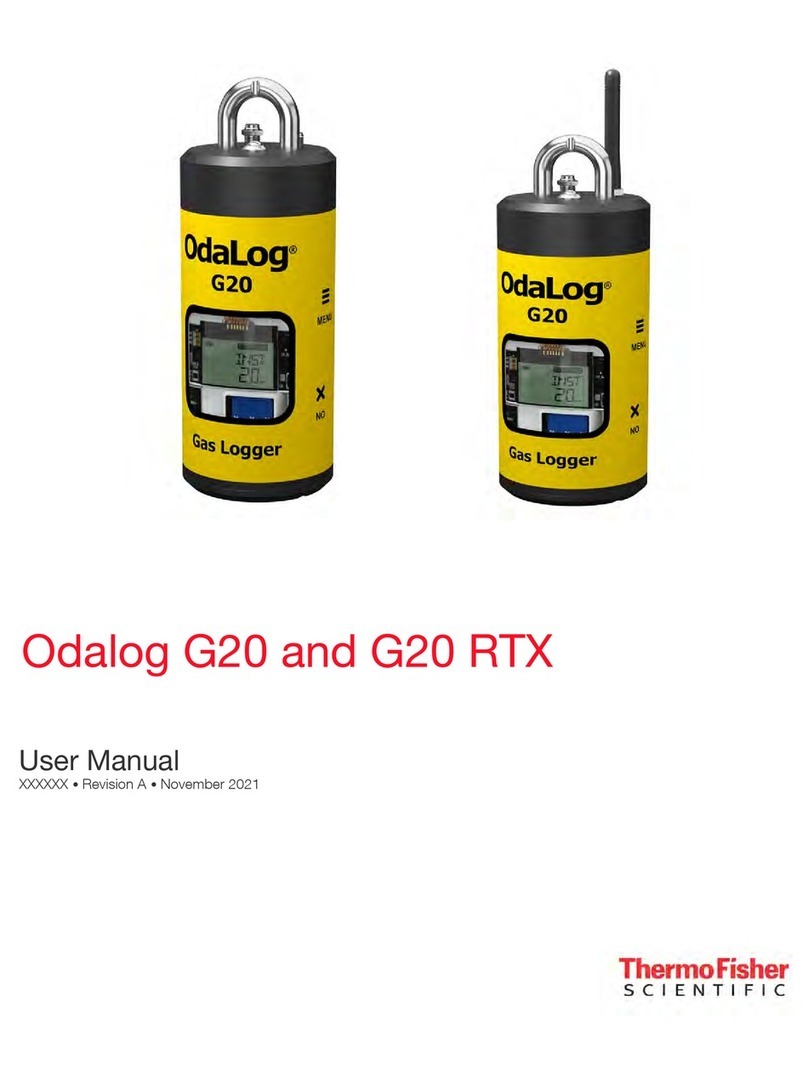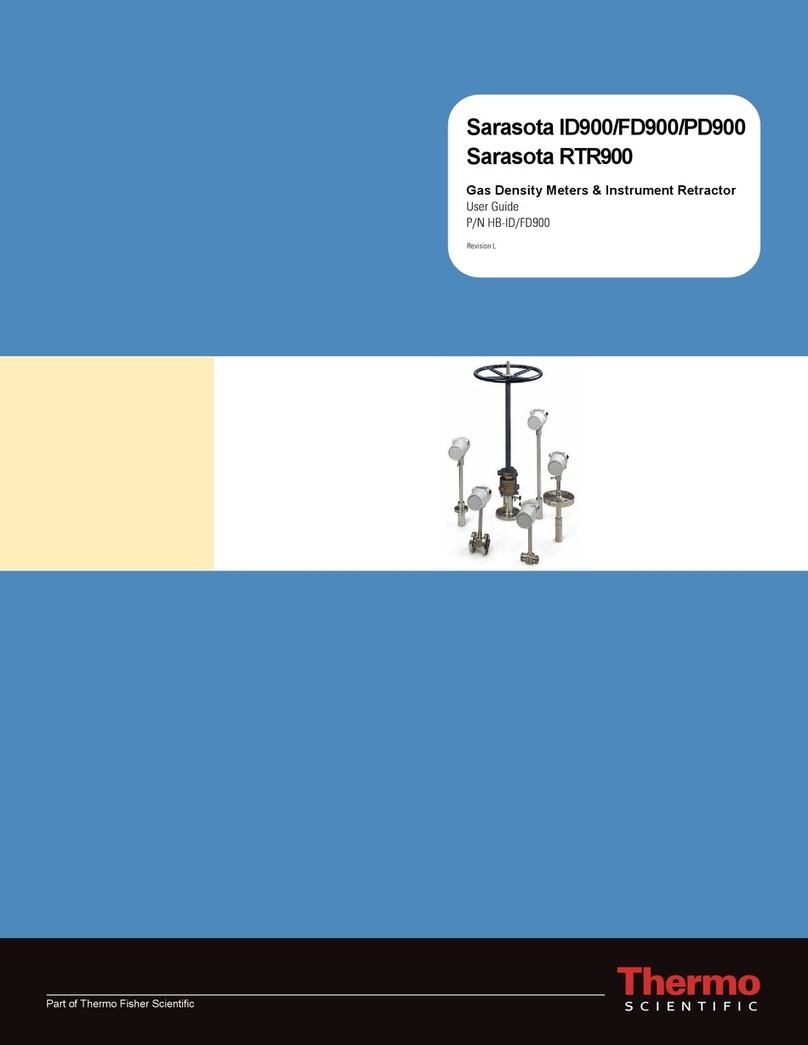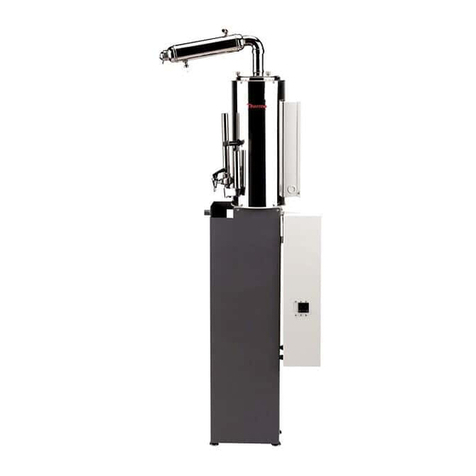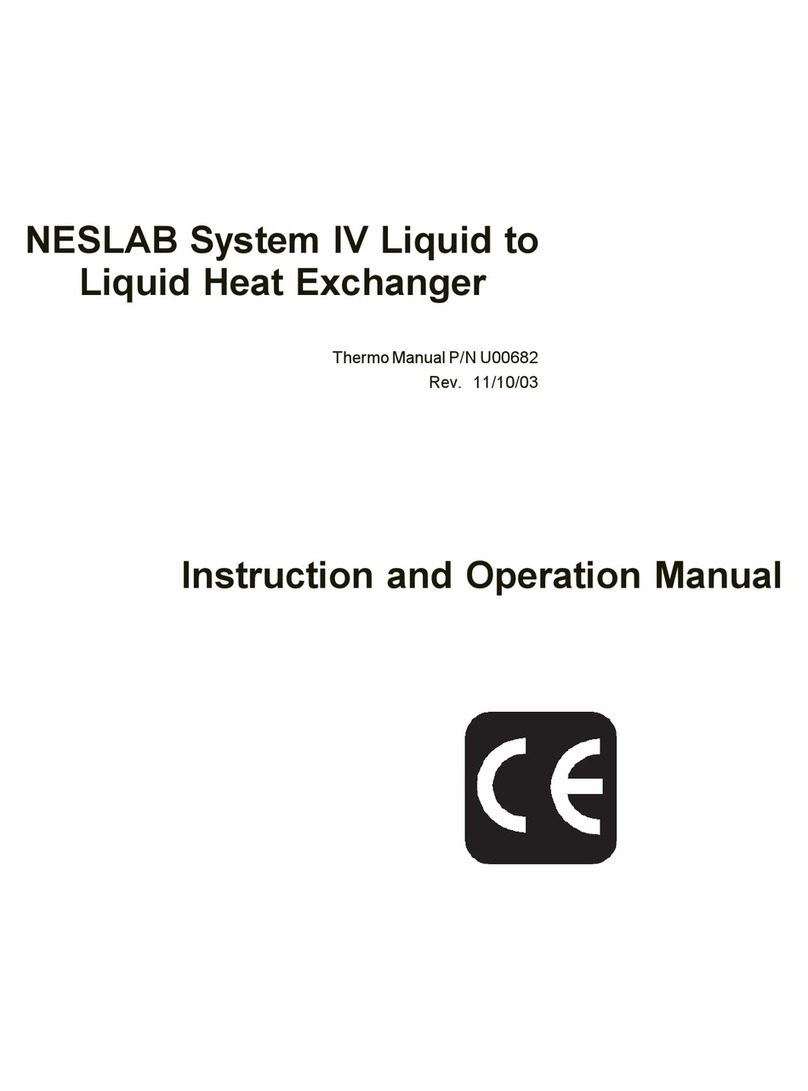
-1-
System IV Liquid to Liquid Heat Exchanger
Instruction and Operation Manual
Table of Contents
PREFACE
Compliance ............................................................................................ 3
WEEE/RoHS .......................................................................................... 3
After-sale Support ................................................................................... 4
Warranty ................................................................................................. 4
Unpacking .............................................................................................. 4
Out of Box Failure................................................................................... 4
SECTION I
Safety
Warnings ................................................................................................ 5
SECTION II
GeneralInformation
Description ............................................................................................. 6
Specifications ......................................................................................... 6
SECTION III
Installation
Site......................................................................................................... 7
Facility Water Requirements................................................................... 7
Electrical Requirements .......................................................................... 8
Voltage Selection ................................................................................... 8
Plumbing Requirements .......................................................................... 8
Fluids ..................................................................................................... 9
Filling Requirements ............................................................................... 10
Auto Refill Device (Optional) .................................................................... 10
Flow Control ........................................................................................... 10
Auto Restart ........................................................................................... 10
SECTION IV
Operation
Start Up .................................................................................................. 11
Temperature Controller ............................................................................ 12
Tune Loop ............................................................................................... 13
